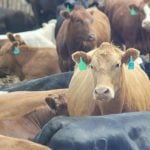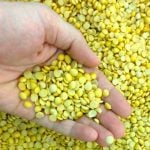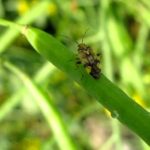Summary Insects: Insects of highest importance to scout for currently are Lygus bugs in canola and sunflowers, and banded sunflower moths in sunflowers. Only trace levels of soybean aphids have been found so far. There have still been no reports of high levels of larvae of bertha armyworms in Manitoba. Plant Pathogens: Various diseases continue










